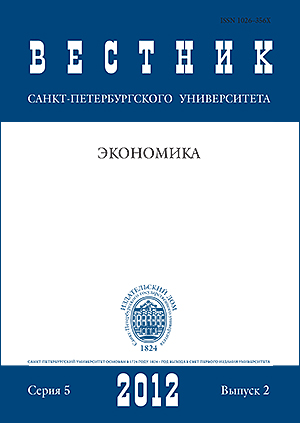An Analytical Review of Corruption Measurements and Indicators
Abstract
The article analyzes how corruption can be measured through different indicators, such as the Corruption Perception Index, the Bribe Payers Index, the Control of Corruption Index, with a particular attention to the problems and perspectives of their usage for the development of anticorruption programs. Th e author points to the integrated method of measuring corruption as an effective tool which helps to intensify information sharing and communication processes between different stakeholders and coordinate their anti-corruption efforts.
Keywords:
corruption, anti-corruption regulation, corruption measurement
Downloads
References
References in Latin Alphabet
Translation of references in Russian into English
Downloads
Published
How to Cite
Issue
Section
License
Articles of the St Petersburg University Journal of Economic Studies are open access distributed under the terms of the License Agreement with Saint Petersburg State University, which permits to the authors unrestricted distribution and self-archiving free of charge.






